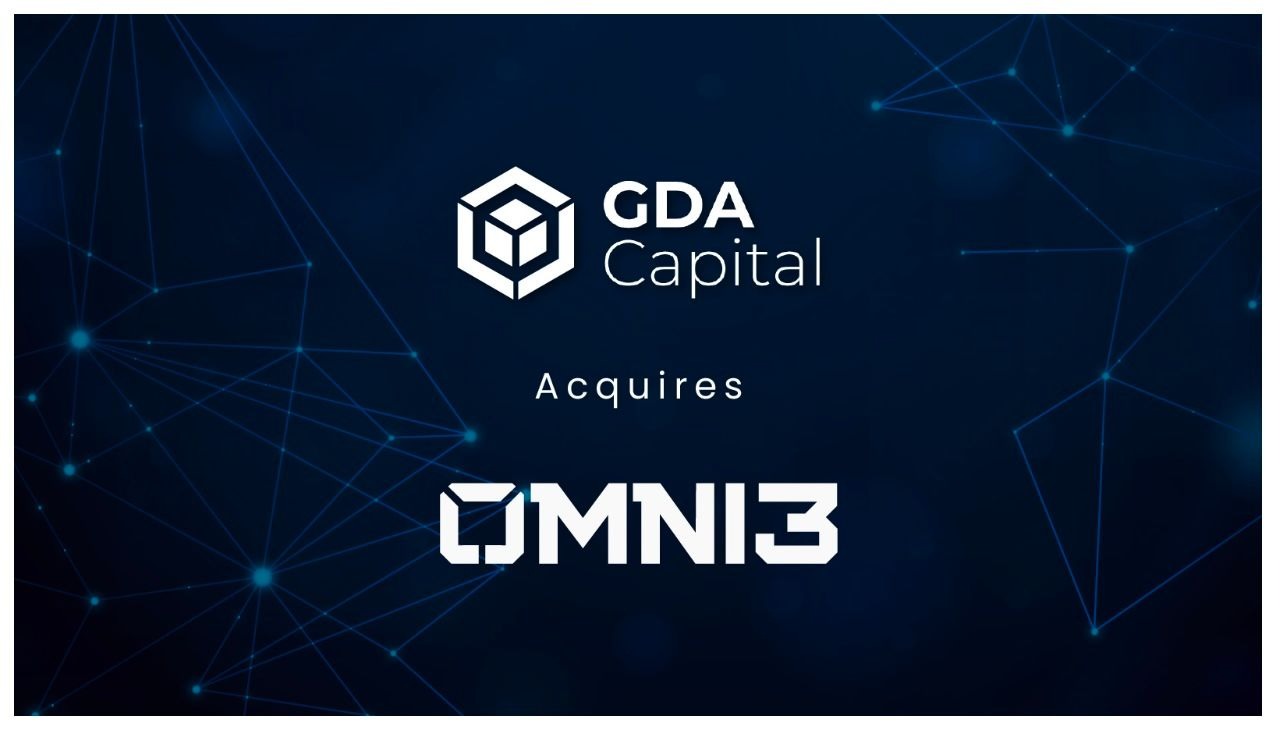In the fast-past world of cryptocurrency, Ethereum is still the market leader in DeFi development, but for how long?
Ethereum is still benefiting from its first-mover advantage, with the majority of the DeFi ecosystem still taking place on the Ethereum blockchain. Recently, however, data is showing that this trend may have reached its limit.
There are a few factors to consider when exploring the use case of a blockchain.
- How easily can developers build and deploy Dapps?
- Can these Dapps gain meaningful partnership and adoption?
- How scalable is the blockchain?
- How reliable is it and can developers easily access support and services?
Ethereum has proven itself as a reliable, stable, and robust solution for developers and users alike. However, there is a downside to Ethereum’s success. One major issue is the cost of interacting with the Ethereum blockchain under conditions of high volume. This is a scalability issue. If one application on Ethereum has a lot of volume, it brings up the cost of interacting with other applications on the network, causing huge congestion and rising transaction fees for everyone.
One case to look at in particular is the area of stablecoins. Currently, around 75% of all stablecoins are issued on Ethereum. With stablecoins now a widely accepted means of settlement, it has given rise to massive transaction volume (around $1 trillion in 2020). With high volume comes higher costs and this is where Ethereum’s competition is looking to gain traction. Ethereum’s issues are causing users to look at other alternatives, as the costs are becoming a huge stumbling block.
BINANCE SMART CHAIN
BSC, Binance Smart Chain, has become a large player in the DeFi and crypto space. Considered a mimic of Ethereum, BSC’s popularity has soared due to low fees and speed of transactions.
Of late, it’s common to see fees in excess of $100 for a single transaction on Ethereum, while BSC charges between $0.01 and $0.05 for the same service. Transaction speed is another important element to consider. For a transaction to be completely processed on a blockchain, a number of confirmations need to take place. Ethereum has been severely handicapped by scalability issues, resulting in congestion and longer waiting times for confirmations, increasing the cost of all transactions across the network. BSC was specifically designed with scalability in mind, with high throughput and low costs. Another tactic that BSC has implemented to promote migration over to their network is a $100 million developer fund, encouraging developers to choose BSC when building Dapps and rolling out new projects.
Ethereum has promised to address the high fees and scalability issues with the release of ETH 2.0 but this could take up to another 2 years to implement. With the pace that the cryptocurrency market is growing and reaching mainstream adoption, 2 years isn’t going to cut it. Of late, BSC’s transaction volume has been double that of Ethereum.
If we take these issues into the discussion of stablecoins, there’s no wonder that users are looking for alternatives to Ethereum, simply to save the exorbitant cost of fees. USDT, the preferred stablecoin of choice, has a 24 hour trading volume of around $124 billion.
One must consider the amount lost in fees if the majority of USDT transactions are taking place on the Ethereum network. This stat alone should urge traders and developers to look to other blockchains for the benefit of themselves and of their customers. Stablecoins have a major part to play in blockchain and DeFi technology, and any improvements that can be made on the scalability and security of stablecoin transactions should be welcomed by developers and users alike.



